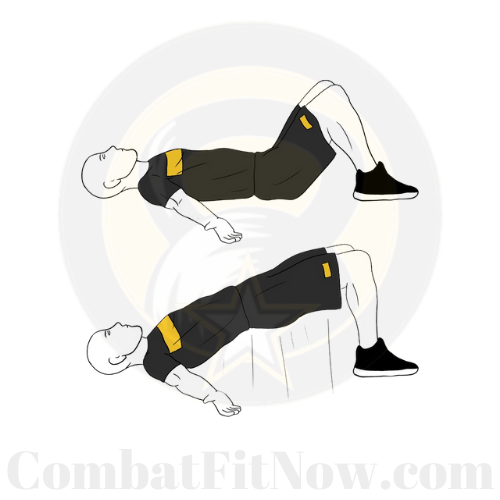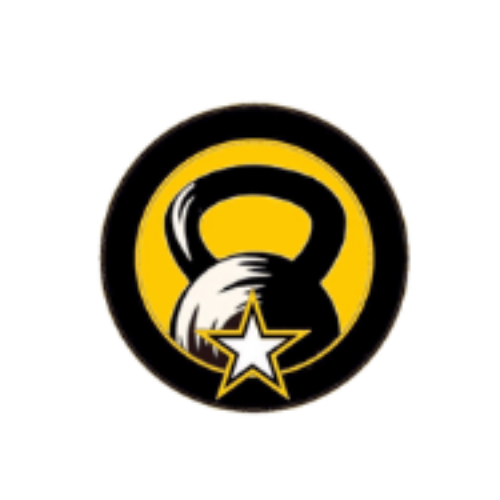The Glute Hip Raise, also known as the Glute Bridge, is an exercise that targets the muscles in your glutes, hamstrings, and lower back. Here’s a step-by-step guide on how to perform the Glute Hip Raise:
Video Instructions on How to do a Glute-Hip Raise (Glute Bridge)
Muscles Targeted:
- Glutes (Buttocks)
- Hamstrings
- Lower back
Instructions:
- Starting Position:
- Lie on your back on a mat or a comfortable surface.
- Bend your knees and place your feet flat on the floor hip-width apart.
- Your arms should be resting by your sides with your palms facing down.
- Hip Lift:
- Press through your heels and squeeze your glutes as you lift your hips toward the ceiling.
- Your body should form a straight line from your shoulders to your knees at the top of the movement.
- Keep your core engaged throughout the exercise to maintain stability.
- Top Position:
- At the top of the movement, your shoulders, hips, and knees should be in line.
- Ensure that your weight is evenly distributed between your feet.
- Hold and Squeeze:
- Hold the top position for a moment, focusing on squeezing your glutes to maximize the engagement of those muscles.
- Lowering:
- Slowly lower your hips back down to the starting position, rolling down through your spine.
- Avoid letting your back collapse to the ground; control the descent to keep tension in your muscles.
- Repetition:
- Repeat the movement for the desired number of repetitions.
- Aim for 10-15 repetitions to start, and you can gradually increase as your strength improves.
Tips:
- Keep your head, shoulders, and feet on the ground throughout the exercise.
- Focus on lifting your hips by contracting your glutes rather than arching your lower back excessively.
- Breathe naturally throughout the exercise, exhaling as you lift your hips and inhaling as you lower them.
- If you want to increase the intensity, you can try single-leg variations or place a resistance band above your knees.
Remember to consult with a fitness professional or healthcare provider before starting any new exercise routine, especially if you have any existing health concerns or conditions.



